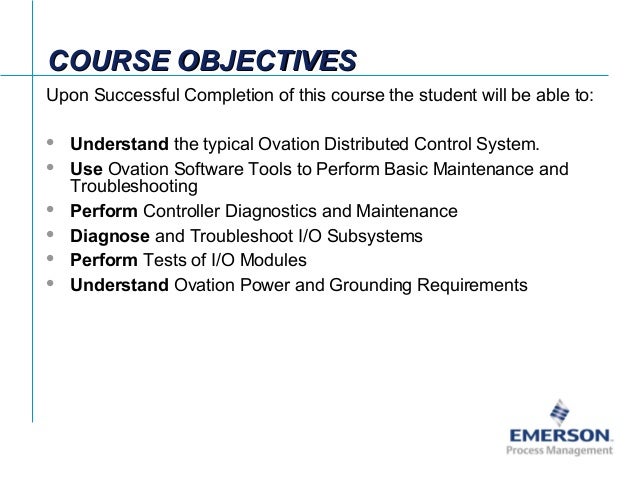Ovation Historian Ole Db Provider
In order for this interface to connect to the Ovation Process Historian, it requires the Ovation Process Historian OLE DB Provider (driver) as shown below, and connectivity (network connection) to the Emerson Ovation Process Historian.


I'm trying to get data from a WonderWare historian database on all tags in the database. There is already a table containing all the tags, so I would like to use a subquery to select all of the tag names. I'm getting an error w.r.t this subquery.
My sql statement:
The error I am receiving is the following:
Which I guess means that it isn't being executed properly.
I've also tried using openquery, but then I get other errors related to the subquery unable to discern 'schema' information about the Tag table:
This was the excerpt changed:
2 Answers
Historian Server is not a normal SQL Server database. It's historical views get data from the INSQL linked server. INSQL has some special rules that are documented in HistorianConcepts.pdf.
Not the answer you're looking for? Browse other questions tagged sql-serverwonderware or ask your own question.
Ole Db Providers
NOTE: the new release announcement is available here.
Previously, Microsoft announced deprecation of the Microsoft OLE DB Provider for SQL Server, part of the SQL Server Native Client (SNAC). At the time, this decision was made to try to provide more simplicity for the developer story around Windows native software development as we moved into the cloud era with Azure SQL Database, and to try to leverage the similarities of JDBC and ODBC for developers. However, during subsequent reviews it was determined that deprecation was a mistake because substantial scenarios within SQL Server still depend on OLE DB and changing those would break some existing customer scenarios.
With this in mind, we have decided to undeprecate OLE DB data access technology, and release a new version by the first quarter of calendar year 2018March 2018. This new Microsoft OLE DB Driver for SQL Server will support connectivity to SQL Server (versions 2012 to 2017), Azure SQL Database and Azure SQL Data Warehouse from applications with the existing feature set of SQL Server Native Client 11. Following releases will incrementally provide updated functionality that was introduced to other drivers since SQL Server 2012, while maintaining backwards compatibility.
The new Microsoft OLE DB Driver for SQL Server, or msoledbsql, will also introduce multi-subnet failover capabilities in this first upcoming release, and keeps up with latest TLS 1.2 standards.
Also, this first upcoming release will be a stand-alone install package that is out-of-band with SQL Server lifecycle. This also means the driver will not be packaged in the SNAC library, nor coupled with any other driver.
Additional updates will be provided closer to a release date. In the meantime, learn about the current OLE DB Supportability Guidelines for existing applications, and refer to SNAC lifecycle explained for lifecycle clarifications on SNAC.
Note (2/6/2018): As stated above, the new OLE DB driver is msoledbsql. To use the new driver in existing applications, you should plan to convert your connection strings from sqlncli<x> or sqloledb, to msoledbsql. Also, keep in mind SNAC and MDAC/WDAC OLE DB continues to be deprecated, as detailed here.
For example, for a trusted connection using SQL Native Client (SNAC11), plan to convert from:
| Provider=SQLNCLI11; Server=myServerNametheInstanceName;Database=myDataBase; Trusted_Connection=yes; |
|---|
to:
A NOW TV Pass is your ticket to watch what you want, on your terms. You can get a month long pass for Entertainment, Kids, hayu, Movies and Sports. We've also got a Sports Day Pass if you just want to watch the big game! Or if you want to stream live Sky Sports on your mobile, get our Sky Sports Mobile Month Pass. Want to give it a try? Now tv sports pass voucher.
| Provider=MSOLEDBSQL; Server=myServerNametheInstanceName; Database=myDataBase; Trusted_Connection=yes; |
|---|
For a trusted connection using the Microsoft OLE DB Provider for SQL Server, plan to convert from:

| Provider=sqloledb; Data Source=myServerNametheInstanceName; Initial Catalog=myDataBase; Integrated Security=SSPI; |
|---|
to:
| Provider=MSOLEDBSQL; Server=myServerNametheInstanceName; Database=myDataBase; Trusted_Connection=yes; |
|---|
Pedro Lopes (@sqlpto) – Senior Program Manager